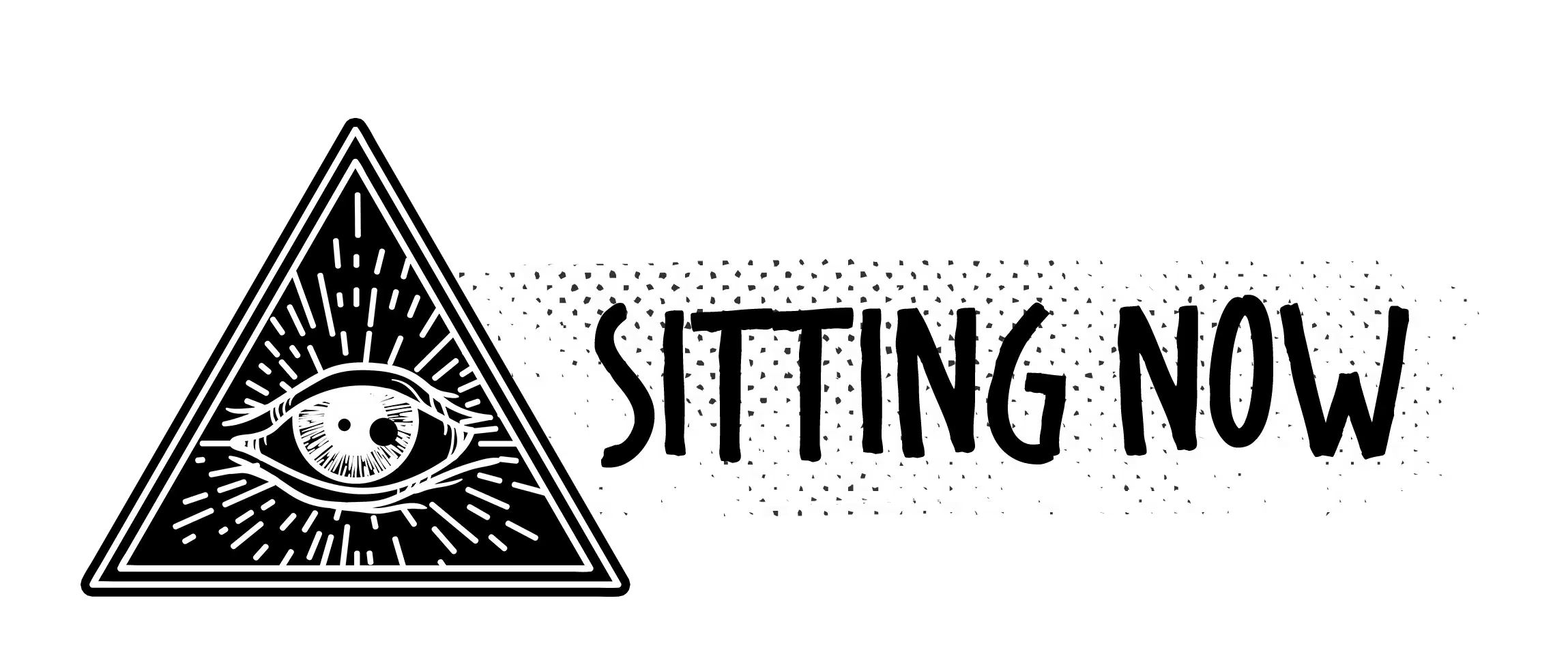Editor’s Note: Presidential assassination is never funny, which is why Right Where You Are Sitting Now will be listening for even the hint of a chuckle as you read the following column. Anyone found to be criminally tasteless will be reported to the proper authorities.
The sylvilagus aquaticus, or swamp rabbit, is a large cottontail rabbit found in the swamps and wetlands of the Southern United States. The swamp rabbit is known for its short oval ears, its natural talent for swimming, and its mindless homicidal rages. It can grow to 2 feet in length and can run up to 45 miles an hour, making it a veritable cannonball of downy hate.
I only mention this because I wouldn’t want anyone saying that I’ve made light of a serious situation. That I ignored the FACTS just to make it easier to emasculate a one-time leader of the Free World and get away with an easy joke.

DATELINE: 1979. Small Plains, GA. President Jimmy Carter relaxes in a small fishing boat and contemplates the burdens laid upon his shoulders. He becomes aware of a struggle in the foliage lining the nearby bank. Suddenly, a swamp rabbit bursts from the bushes and dives into the water! It swims in blind terror from a couple of hound dogs on its heels, heading directly toward the President!
Being a man of action and thought, Carter grabs a canoe paddle and slaps the water to frighten the beast away! Seeing the look of absolute authority on the President’s face, the mange-ridden monster rethinks his strategy and swims in another direction!
And with that, the Free World can rest easy again. The President is safe.
With the facts in place, it seems like there is little to no spin room in this story, but wouldn’t you know it..
See, the rabbit incident followed the nastiest few months Carter’s presidency had known. Rocked by rising inflation and critical gas shortages, his image as a strong and honest leader was quickly losing ground.
The nation’s distrust came to a head only a month earlier, when Carter gave the famous “Crisis of Confidence” speech. In it, he said that the energy crisis was nowhere near as terrifying as the “crisis of the American spirit” that was “threatening to destroy the social and the political fabric” of the nation. The citizens had lost all confidence in the government (which had apparently not been Nixon-proofed) and in their country’s status as the invincible Knight of Morality (which had apparently not been Vietnam-proofed). And what’s worse: everyone was turning into drooling, self-centered dummies who just wanted to sit around consuming all day.
The speech was actually received well, boosting his dreadful approval rating overnight, but that only lasted about a week before the op-ed pieces started squeaking, “Hey! That’s not fair.” Journalists everywhere were suddenly scrambling around, bumping into each other to be the first to enlighten Carter that when you point the finger, you’ve got three pointing back at you.
Whether he was right or not wasn’t important. There are some things you just don’t say in polite company.
By the end of it, the public had forgotten that they’d originally liked the speech and were agreeing with the press that Carter was a pessimist and a wimp who blamed the American people for his failings.
It was during a slow news week following this sketchy scene that the rabbit incident showed its furry head. Carter told the story to some members of his senior staff who then leaked it to the press. Brooks Jackson, a reporter with the Associated Press, ran the story as nothing more than a filler piece.

But the story grew huge, hoppy legs and took off. Carter’s enemies were quick to jump on it, finding within it a metaphor for all the problems they associated with his term. The rabbit became a symbol for foreign powers that the president could no longer handle, or for civil issues that could easily be dealt with by someone who was qualified, but in the hands of Carter turned into crises.
Most damaging though, was the implication that Carter might not have been as honest as he always made himself out to be. Following the scandalous terms of both Nixon and Johnson, Carter had made it a point to define himself as an honest man, and the reaction he received from his staff when he told them the story made this image seem suspect.
The problem: they didn’t really believe rabbits could swim. The media foamed at the mouth over this tidbit and began highlighting it in their stories. After all, how trustworthy could Carter be when his own staff were raising their eyebrows at such an insignificant anecdote.
And the White House refusing to release any photos of the incident didn’t help. The public went wild. Political cartoons, editorials, and even silly parody songs flooded the streets. For a week, Carter had to answer to his actions everywhere he went. In the middle of town hall meetings, someone would stand up and ask about the swamp rabbit, often in dead seriousness. He still gets asked about it, 30 years on.
Of course, the photos did eventually make it into the light of day, and sure as shooting, swamp rabbits do swim from time to time. But Carter had been given a harsh lesson in modern politicking: it’s not the reality that’s important, it’s the narrative. It’s a lesson we all know now, and it’s easy to blow off as common sense, but for a President in 1979 it probably seemed like the world had gone rabid.
Here was a wacky story that should have been simple fodder for late night beers, but the press and the White House had finally grown up and figured out that in the right hands, any story can be made to mean anything.
You know. Like the one you just read.





